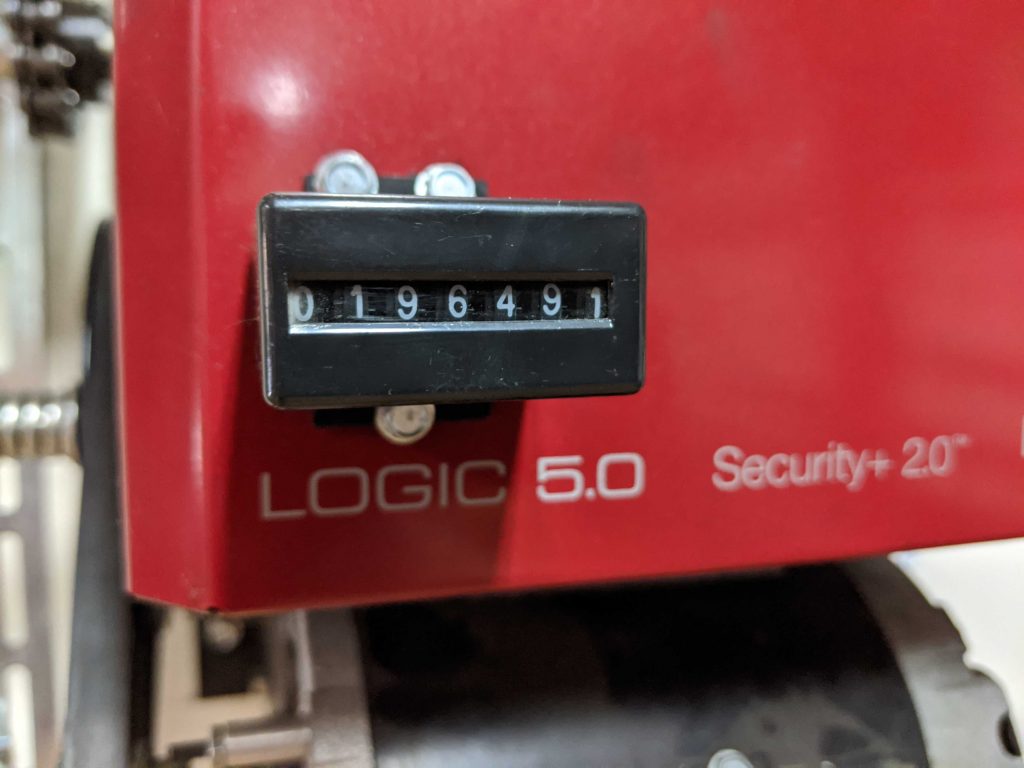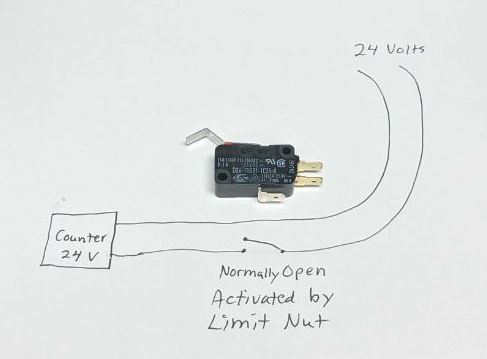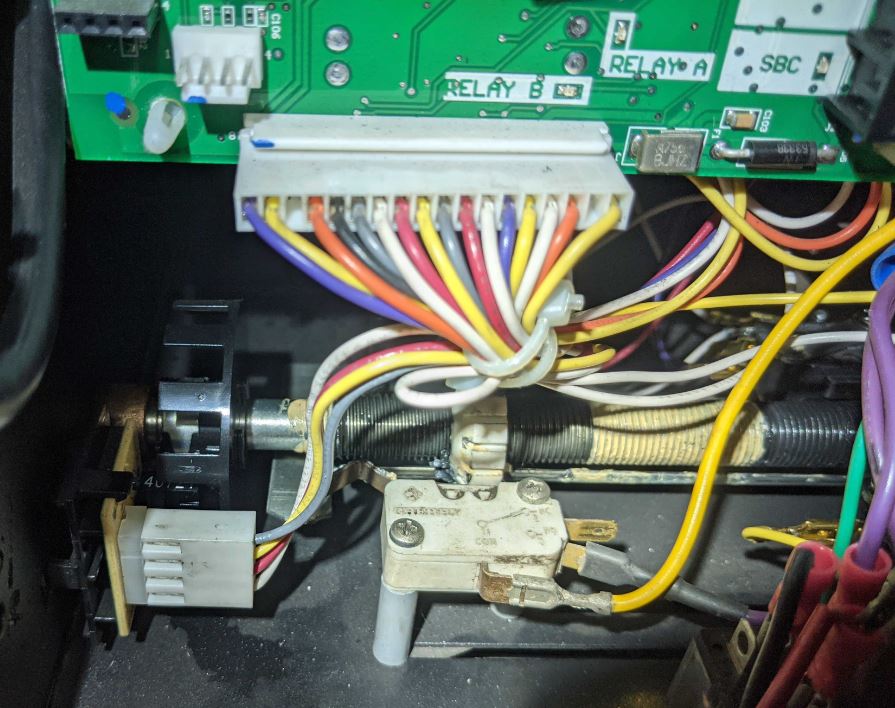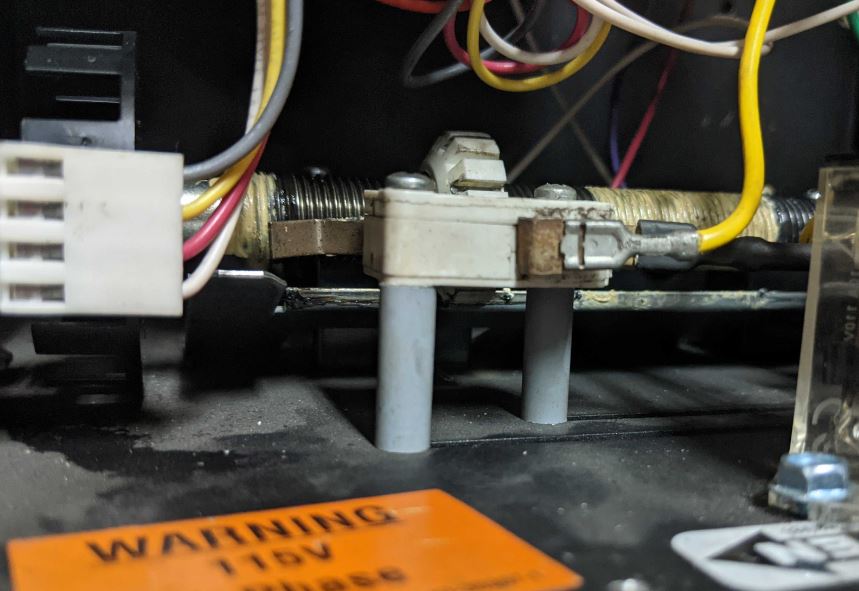Posted December 18th, 2020 at 5:55 pm by Dan Musick
An operator counter tracks door cycles: one opening plus one closing equals one cycle. To track the usage of a garage door, users often install counters on the operators.

One of the more common reasons to track door cycles is to schedule maintenance before the door or the operator needs repairs. For example, if overhead sectional door springs typically last 20,000 cycles, the counter can tell you when the springs have almost reached this limit. This allows you to predict when the springs will break. By replacing springs before they break, you avoid downtime costs.
We also used a counter to test the quality of our LiftMaster operator. We ran a single jackshaft operator for nearly 200,000 cycles, and all the internal components still worked just fine.
The wiring for a counter on a LiftMaster operator is simple. Twenty-four volts travels from the control board to the counter. Normally, an open auxiliary limit switch blocks the current. When the garage door closes, the limit nut closes the auxiliary limit switch, completing the circuit and triggering the counter.

The top two screws on the LiftMaster Logic 5 control board provide the 24 volts for the counter.

One wire from the board is wire-nutted to the counter wire. The other wire runs through the normally open auxiliary limit switch.

There are a number of ways to mount the switch. One way is to use long screws and washers or small tubes to align the switch with the limit shaft.

For more information about the potential applications of operator counters, see our post on counter and timer modification. We also have a post about limit switches.
This entry was filed under Products, Technical Support. You can follow any responses to this entry through the RSS 2.0 feed.

